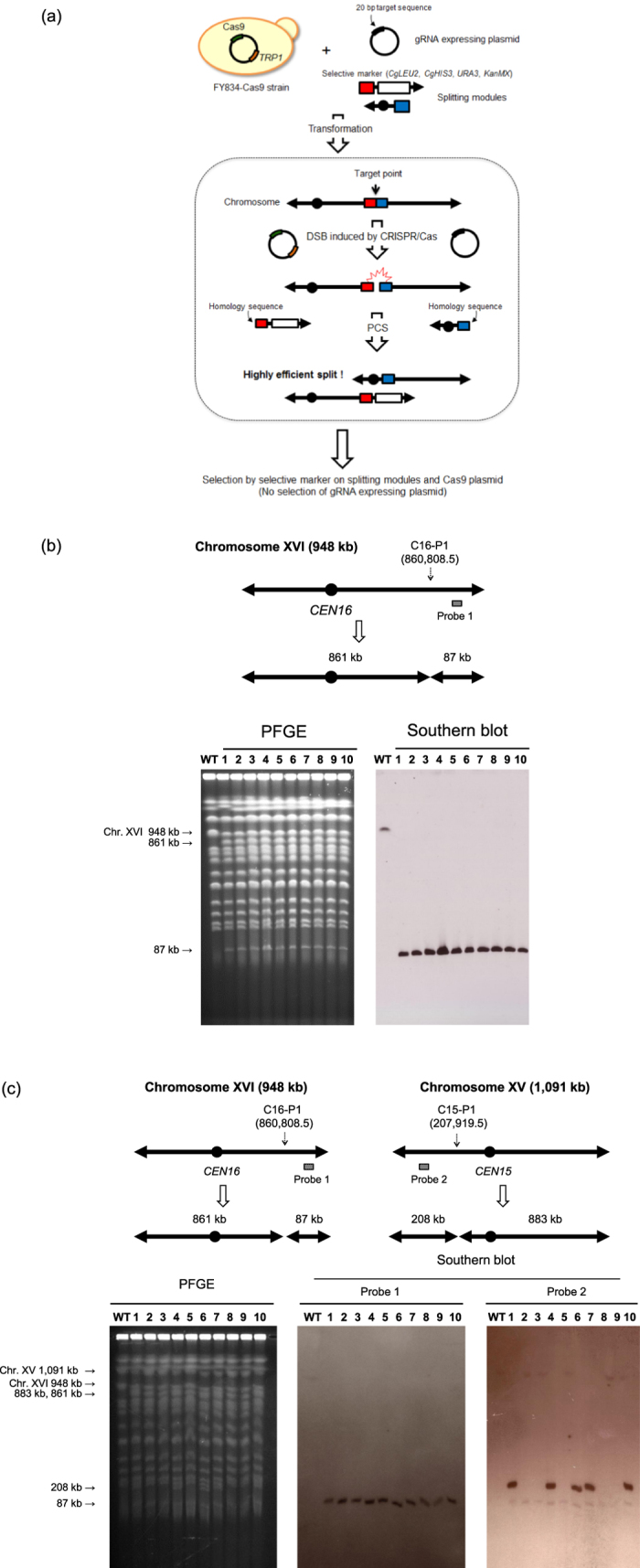Figure 1. Simultaneous double splitting by CRISPR-PCS.

(a) Outline of CRISPR-PCS. One gRNA expressing plasmid for the specific targeting site and two splitting modules per target site are introduced into the FY834-Cas9 strain, which harbors a Cas9 expressing plasmid marked by TRP1. The FY834-Cas9 strain was transformed with gRNA expressing plasmid with 20 bp specific target sequence and splitting modules. For splitting one genomic locus, one of the splitting modules contains either one of selective markers (CgLEU2, CgHIS3, URA3, and KanMX) and the other module contains CEN4 as a centromere. Double strand breaks (DSBs) are induced in transformed cells by CRISPR/Cas9 near the targeted site followed by chromosome splitting by PCS. This combination of CRISPR/Cas9 and PCS is called CRISPR-PCS. After transformation, we selected by selective marker on splitting modules and Cas9 expressing plasmid. No selection of gRNA expressing plasmid was performed. Closed black circles represent the centromere. White boxes represent selective marker genes. Red and blue boxes represent the homology sequences for recombination. Arrows represent the telomere sequence. (b) Chromosome splitting by CRISPR-PCS. Position C16-P1 of Chr. XVI was chosen as the example. The number in parentheses represents the precise splitting point (the same shall apply hereinafter in all figures). The splitting module was marked with CgLEU2 gene. After splitting, two chromosomes (861 kb and 87 kb) are expected to be generated. Left panel, PFGE analysis of wild type FY834-Cas9 (WT) and 10 randomly chosen transformants (lanes 1–10). Right panel, Southern blot analysis after PFGE using probe 1 for detection of the newly generated 87 kb chromosome. (c) Simultaneous double splitting in different chromosomes. Position C16-P1 of Chr. XVI and position C15-P1 of Chr. XV were simultaneously split by CRISPR-PCS. The splitting modules of C15-P1 and C16-P1 were marked with CgHIS3 and CgLEU2, respectively. After splitting, four derived chromosomes are expected: 861 kb and 87 kb derivatives from Chr. XVI and 208 kb and 883 kb derivatives from Chr. XV. Left panel, PFGE analysis of wild type FY834-Cas9 (WT) and 10 randomly chosen transformants. Middle panel and right panel, Southern blot analysis using probe 1 for detecting the newly generated 87 kb chromosome and probe 2 for detecting the newly generated 208 kb chromosome.
